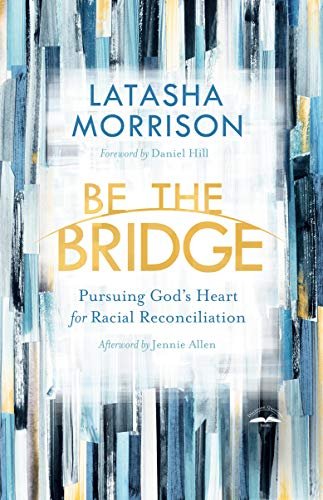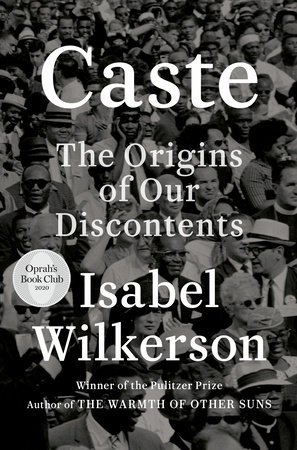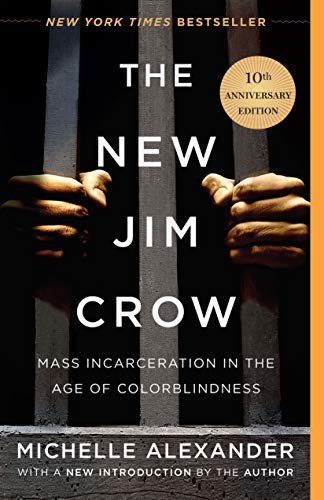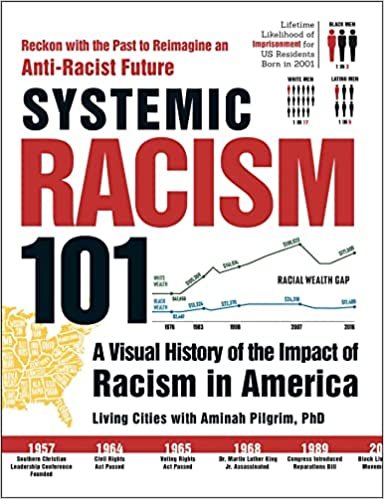Education is the most powerful weapon which you can use to change the world.
Nelson Mandela
Use these books for antiracism book clubs and discussion groups, workshops, or individual meditation and journalling.
How To Be An Antiracist, Ibram X. Kendi
Ibram X. Kendi's concept of antiracism reenergizes and reshapes the conversation about racial justice in America—but even more fundamentally, points us toward liberating new ways of thinking about ourselves and each other. Instead of working with the policies and system we have in place, Kendi asks us to think about what an antiracist society might look like, and how we can play an active role in building it.
So You Want to Talk About Race
Ijeoma Oluo
Me and White Supremacy
Layla F. Saad
White Fragility: Why It’s So Hard for White People to Talk About Racism, Robin DiAngelo
In this “vital, necessary, and beautiful book” (Michael Eric Dyson), antiracist educator Robin DiAngelo deftly illuminates the phenomenon of white fragility and “allows us to understand racism as a practice not restricted to ‘bad people’ (Claudia Rankine). Referring to the defensive moves that white people make when challenged racially, white fragility is characterized by emotions such as anger, fear, and guilt, and by behaviors including argumentation and silence. In this in-depth exploration, DiAngelo examines how white fragility develops, how it protects racial inequality, and what we can do to engage more constructively.
Between the World and Me
Ta-Nehisi Coates
Be the Bridge: Pursuing God’s Heart for Racial Reconciliation
Latasha Morrison
The 1619 Project, Nikole Hannah-Jones, The New York Times Magazine
The 1619 Project, inaugurated with a special issue of The New York Times Magazine, challenges us to reframe U.S. history by marking the year when the first enslaved Africans arrived on Virginia soil as our nation's foundational date.
Uncomfortable Conversations with a Black Man
Emmanuel Acho
Long Time Coming: Reckoning with Race in America
Michael Eric Dyson
Caste: The Origins of Our Discontents, Isabel Wilkerson
Beyond race, class, or other factors, there is a powerful caste system that influences people’s lives and behavior and the nation’s fate. Linking the caste systems of America, India, and Nazi Germany, Wilkerson explores eight pillars that underlie caste systems across civilizations, including divine will, bloodlines, stigma, and more. She documents how the Nazis studied the racial systems in America to plan their out-cast of the Jews; she discusses why the cruel logic of caste requires that there be a bottom rung for those in the middle to measure themselves against; she writes about the surprising health costs of caste, in depression and life expectancy, and the effects of this hierarchy on our culture and politics. Finally, she points forward to ways America can move beyond the artificial and destructive separations of human divisions, toward hope in our common humanity.
The New Jim Crow: Mass Incarceration in the Age of Colorblindness
Michelle Alexander
The Color of Law: A Forgotten History of How Our Government Segregated America
Richard Rothstein
Faith in Their Own Color: Black Episcopalians in Antebellum New York
Craig Townsend
On a September afternoon in 1853, three African American men from St. Philip's Church walked into the Convention of the Episcopal Diocese of New York and took their seats among five hundred wealthy and powerful white church leaders. Ultimately, and with great reluctance, the Convention had acceded to the men's request: official recognition for St. Philip's, the first African American Episcopal church in New York City. In Faith in Their Own Color, Craig D. Townsend tells the remarkable story of St. Philip's and its struggle to create an autonomous and independent church. His work unearths a forgotten chapter in the history of New York City and African Americans and sheds new light on the ways religious faith can both reinforce and overcome racial boundaries.
The history of St. Philip's Church also illustrates the racism and extraordinary difficulties African Americans confronted in antebellum New York City, where full abolition did not occur until 1827. Townsend describes the constant and complex negotiation of the divide between black and white New Yorkers.
Slavery’s Capitalism: A New History of American Economic Development
Sven Beckert, Seth Rockman
Begin Again: James Baldwin’s America and Its Urgent Lessons for Our Own
Eddie S. Glaude, Jr.
The Other Slavery: The Uncovered Story of Indian Enslavement in America, Andrés Reséndez
Since the time of Columbus, Indian slavery was illegal in much of the American continent. Yet, as Andrés Reséndez illuminates in his myth-shattering The Other Slavery, it was practiced for centuries as an open secret. There was no abolitionist movement to protect the tens of thousands of Natives who were kidnapped and enslaved by the conquistadors. Through riveting new evidence, including testimonies of courageous priests, rapacious merchants, and Indian captives, The Other Slavery reveals nothing less than a key missing piece of American history.
For over two centuries we have fought over, abolished, and tried to come to grips with African American slavery. It is time for the West to confront an entirely separate, equally devastating enslavement we have long failed truly to see.
The Half Has Never Been Told: Slavery and the Making of American Capitalism, Edward E. Baptist
Americans tend to cast slavery as a pre-modern institution — the nation's original sin, perhaps, but isolated in time and divorced from America's later success. But to do so robs the millions who suffered in bondage of their full legacy. As historian Edward E. Baptist reveals in The Half Has Never Been Told, the expansion of slavery in the first eight decades after American independence drove the evolution and modernization of the United States. In the span of a single lifetime, the South grew from a narrow coastal strip of worn-out tobacco plantations to a continental cotton empire, and the United States grew into a modern, industrial, and capitalist economy.
The Fire Next Time
James Baldwin
The Fire This Time: A New Generation Speaks About Race
Jesmyn Ward
The Cross and the Lynching Tree, James Cone
"They put him to death by hanging him on a tree." Acts 10:39
The cross and the lynching tree are the two most emotionally charged symbols in the history of the African American community. In this powerful work, theologian James H. Cone explores these symbols and their interconnection in the history and souls of black folk. Both the cross and the lynching tree represent the worst in human beings and at the same time a thirst for life that refuses to let the worst determine our final meaning. While the lynching tree symbolized white power and black death, the cross symbolizes divine power and black life, God overcoming the power of sin and death. For African Americans, the image of Jesus, hung on a tree to die, powerfully grounded their faith that God was with them, even in the suffering of the lynching era.
Just Us: An American Conversation
Claudia Rankine
Systemic Racism 101: A Visual History of the Impact of Racism in America
Living Cities with Aminah Pilgrim, PhD























